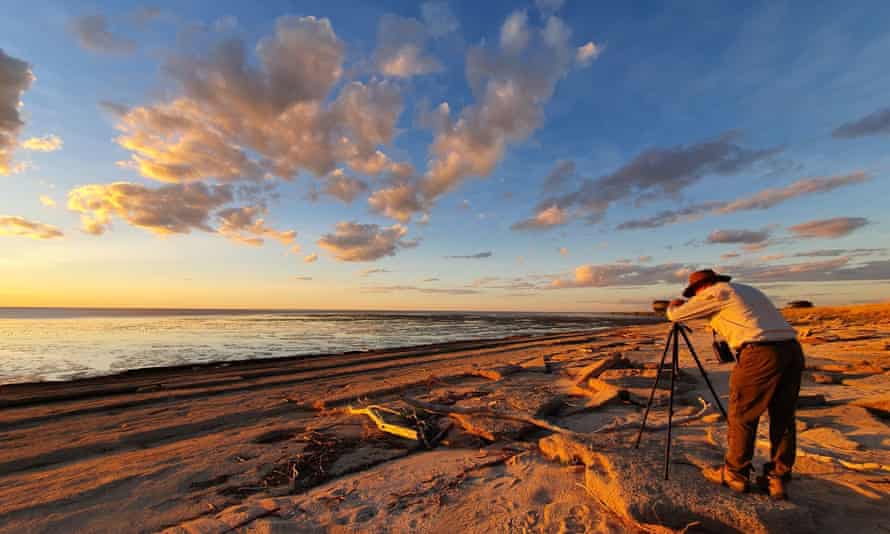
Birdwatching tours are selling out, bush resorts are listing local birds on their websites and caravan park owners are sharing tips about where to find certain species. All over Australia, birdwatching is having a moment.
A report released in April by BirdLife Australia reveals the economic impact of birdwatching tourism, with domestic birding trips contributing an estimated $283m to the Australian economy annually, much of this in regional communities.
The owner of Great Northern Birdwatching Tours, David Mead, understands how much pulling power Queensland’s birds have. When he first opened the business in 2013, he ran various tours. He now caters exclusively to birdwatchers, partly due to demand, but also because he likes travelling with them.
“Birdwatchers are great people,” Mead says. “Whether they’re looking at birds, reptiles or plants, they’re involved and observant. They love the environment and are focused on conservation.” As well as running tours, Mead participates in citizen science, contributing data on species such as the endangered Gouldian finch.
Before the pandemic, almost half of Mead’s clients were from overseas, mainly from the UK and US. Since Australia’s borders have reopened, forward bookings for his small-group birding tours are strong, with some 2023 departures already sold out.
“Birding is massive in North Queensland because you can find about half of Australia’s birds here,” Mead says, naming species like palm cockatoos and eclectus parrots as draw cards.
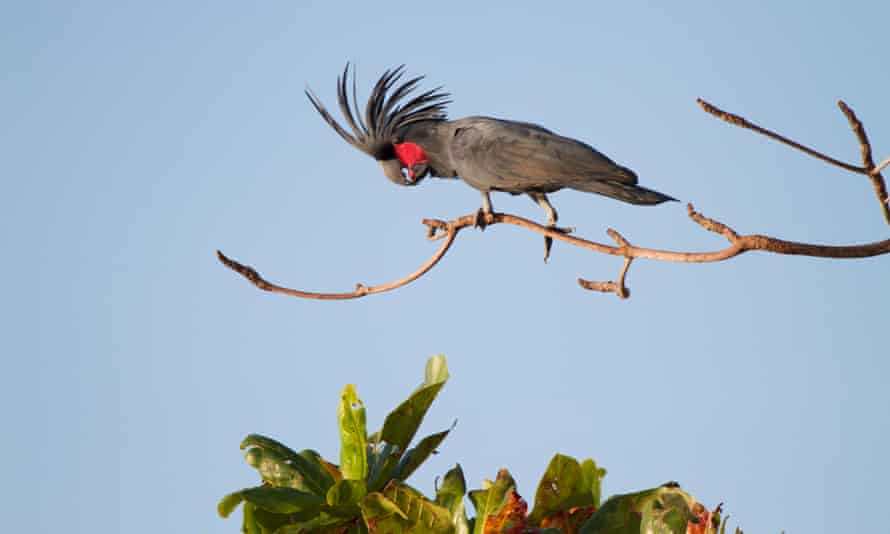
He says birdwatching brings tourism dollars to small businesses in out-of-the-way places. For example, when visiting the remote community of Lockhart River in Cape York, Mead’s groups stay in Indigenous-owned accommodation.
“It certainly benefits little towns in the middle of nowhere. In Birdsville, Bedourie and Boulia we stay in motels and eat in the one pub or restaurant in town each night.”
The business of birdwatching
Until recently, quantifying the scale of birdwatching tourism in Australia was tricky due to lack of data. BirdLife Australia’s Bird and Nature Tourism Report, prepared by Dr Rochelle Steven, a conservation scientist at Murdoch University, uses data from Tourism Research Australia and a survey conducted in 2021. The report found that bird tourism is a fast-growing niche market and that birders spend more than the average tourist.
“For someone from the UK, seeing something as common as a rainbow lorikeet is a huge thrill,” Steven says. “The diversity of habitats and corresponding diversity of birds makes Australia the holy grail for birdwatchers.”
Birdwatching was included in the National Visitor Survey conducted by Tourism Research Australia for the first time in 2019.
“We know how many whale-watching boats there are, how many days they go out and how many people each boat holds, so we can get an indication of the magnitude of whale-watching,” Steven says. “But we can’t do that for birdwatching as we don’t have those surrogate measures to understand how many people are participating.”
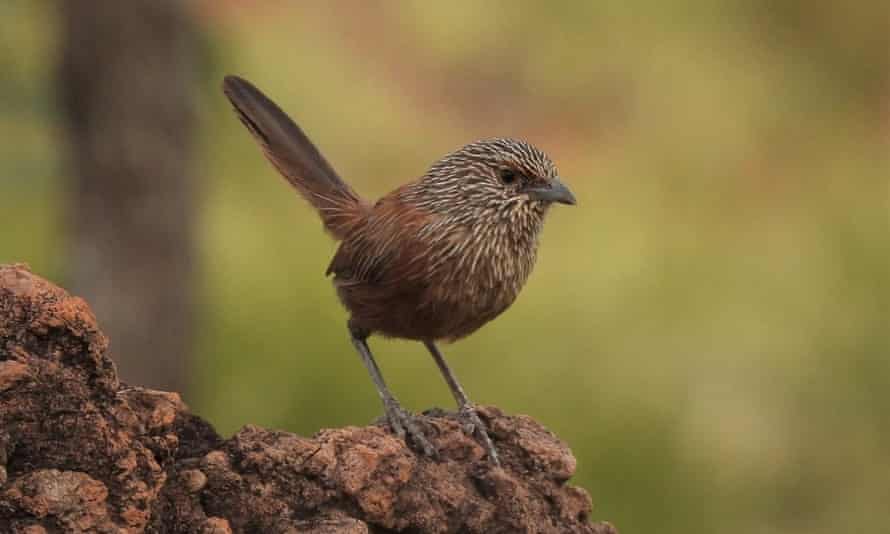
She believes that putting an economic value on birdwatching can rally support for conservation at a community level, but with so many species on the brink, much more needs to be done. Despite having one of the worst wildlife extinction records in the world, Australia’s unique wildlife is what makes it such an appealing destination for nature-based travel.
Sign up to receive Guardian Australia’s weekend culture and lifestyle email
Many regional communities now see that continued habitat destruction through logging and land clearing can have negative economic impacts. After all, once you’ve killed the golden goose, you can’t get it back.
“If a community sees the value birdwatching brings to the local economy, that can shift the dialogue and drive policies at a local level,” Steven says. “That patch of bush is now worth more to them left standing because they have birders coming to town visiting their coffee shops and pubs.”
Avid birder and author of The Big Twitch, Sean Dooley, who also works for BirdLife Australia, says that “there’s hardly ever been any concerted, genuine effort at recognising bird-related tourism”. Instead, birdwatching tourism has risen organically – birders know where birds are, and savvy local tourism businesses pick up on it.
“The market for bird tourism is very knowledgable,” Dooley says. “Places that harbour threatened, endangered and must-see species, those birds become iconic for those regions. It’s been a real boon for those places that have realised what they’ve got on their doorstep.”
Living in a birder’s paradise
Over the years Dooley has witnessed a shift in how birdwatchers are perceived in regional communities. He’s visited the box-ironbark forests of Chiltern-Mt Pilot national park in north-east Victoria for decades, an area known for threatened species such as regent honeyeaters.
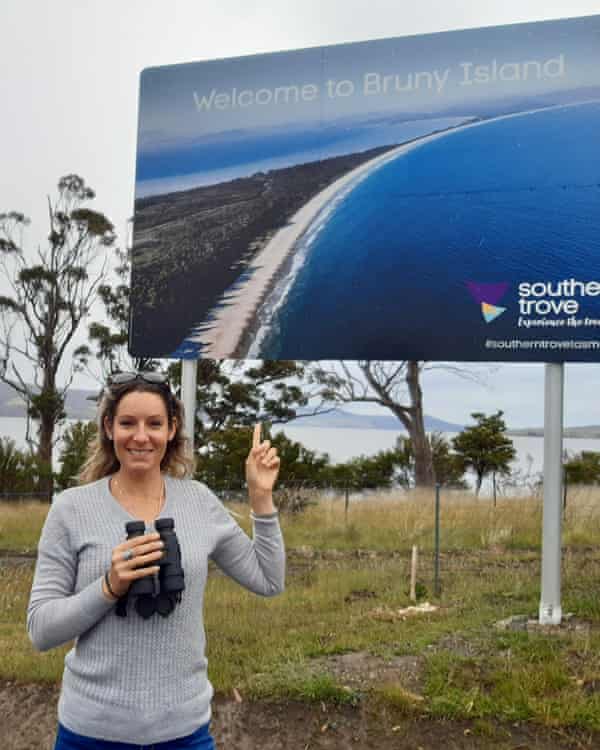
“In the 90s, you’d get some deeply suspicious looks and occasionally, hostile scowls,” he says. “But now the locals are used to these weirdo bird nerds staying in their town. Now, locals engage you in conversation about birds. That’s a palpable change in community attitude.”
Tasmania is another dream destination for birders. Only a 20-minute ferry ride from Kettering, Bruny Island is a haven for all 12 of Tasmania’s endemic bird species, including the endangered forty-spotted pardalote, one of Australia’s rarest birds.
Launched in 2010, the biennial Bruny Island Bird festival attracts tourists and locals keen to celebrate the biodiverse island’s avian residents.
Charlie Harkness, co-owner of Hundred Acre Hideaway, gets plenty of bookings from birders at his property, located in a valley abundant with birdlife including swift parrots and yellow-tailed black cockatoos.
“We also have a pair of wedge-tails who have been known to fly down into the top paddock to procure a duck for breakfast,” he says. “A great sight for the guests and a sad day for our farm ducks.”
Guests often spot birds from the deck of their cabin, but some go the extra mile. “One guest wandered around in the rain for a couple of hours in the hope of sighting his favoured birds,” Harkness says.
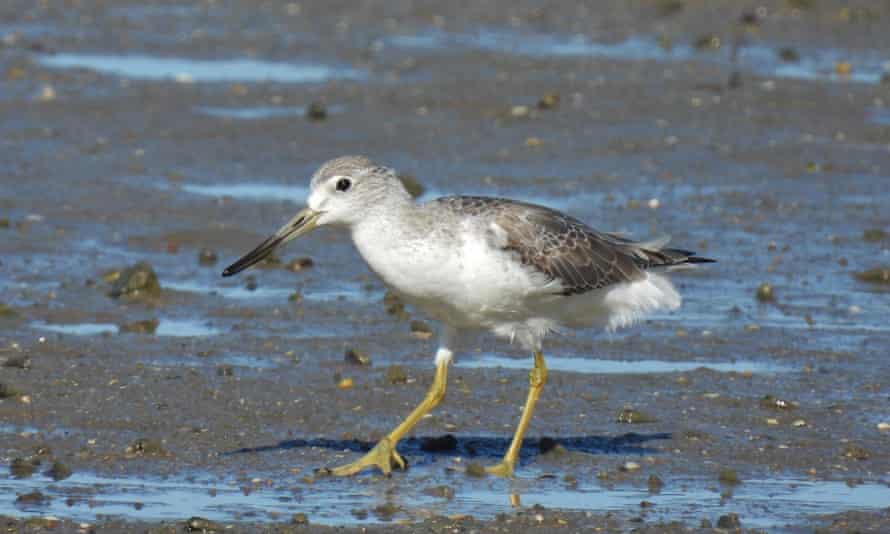
In Queensland, Mead has also witnessed the extraordinary lengths (and cost) some will bear to tick a bird off their list.
“One woman had been travelling Australia looking for a red goshawk for years – she’d never seen one as they’re rare,” he says. “When I took her to a nest site in Cape York, she cried her eyes out. It meant so much to her.
“Some birdwatchers are crazy and fanatical, but they’re just fantastic people.”


